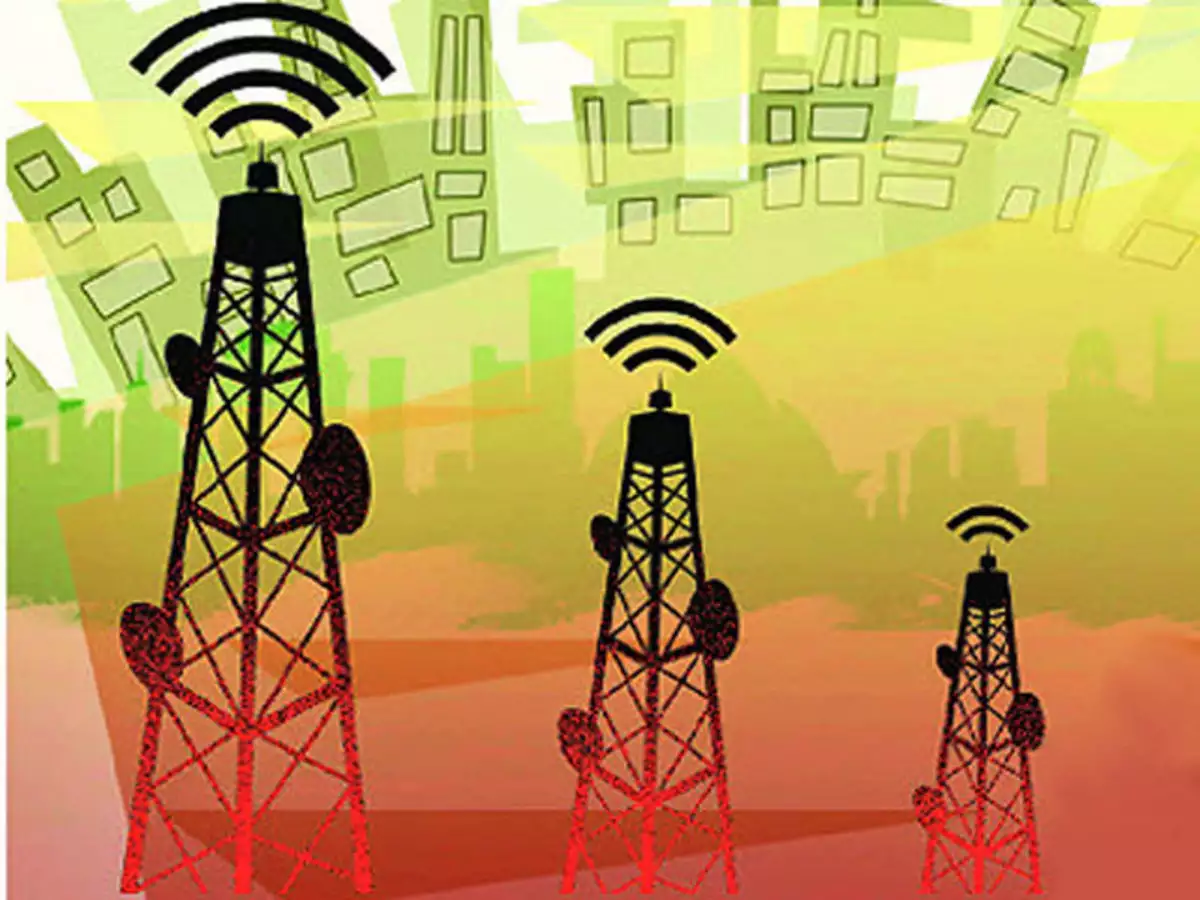Detecting an SS7 (Signaling System No. 7) attack can be challenging because it often involves exploiting vulnerabilities in the network infrastructure that are beyond the control of end-users. However, there are some signs that may indicate that an SS7 attack is occurring:
- Unauthorized Access: If an attacker gains unauthorized access to a user’s device, they may be able to intercept and manipulate SMS messages, phone calls, or other communication. If you notice suspicious activity on your device, such as calls or messages that you did not make or receive, it may be a sign of an SS7 attack.
- Unusual Call Activity: If there is an unusual amount of call activity or failed calls, it may be a sign of an SS7 attack. Attackers may use SS7 to route calls through unauthorized channels, leading to dropped or failed calls.
- Unexpected Billing: If you notice unexpected charges on your phone bill, it could be a sign of an SS7 attack. Attackers may use SS7 to bypass network controls and route calls or SMS messages through unauthorized channels, resulting in higher charges.
- Lack of SMS Verification: If you receive a message from a service provider that asks you to confirm a transaction or authentication request, but you never initiated the request, it could be a sign of an SS7 attack. Attackers may use SS7 to intercept and manipulate SMS messages, allowing them to gain access to accounts or transactions.
- Unusual Network Activity: If there is unusual network activity, such as high traffic or unusual patterns, it could be a sign of an SS7 attack. Attackers may use SS7 to overload network infrastructure, leading to network disruptions or slowdowns.
If you suspect an SS7 attack, it is important to contact your service provider or IT department immediately to report the incident and take appropriate steps to mitigate the attack.
